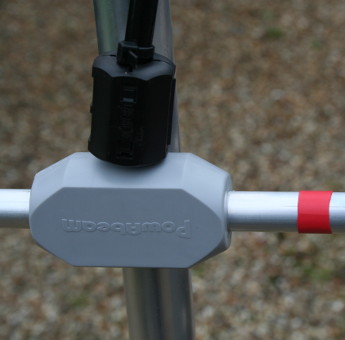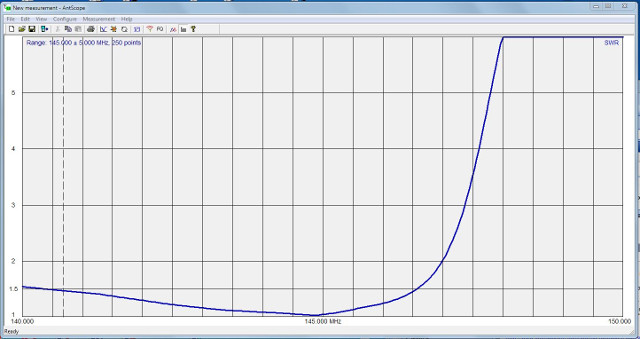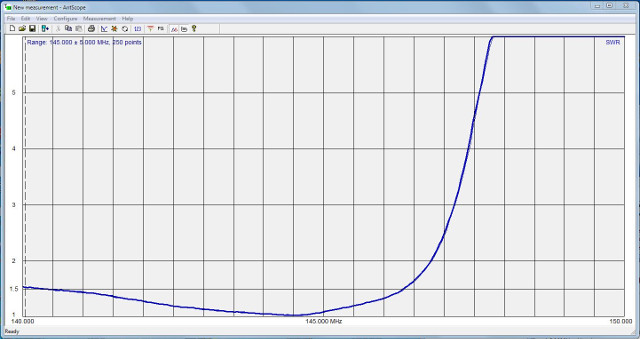
When using an open/split dipole driven element consider the following...
On the Short Wave Bands your coaxial cable feeder length may be similar to the λ in question or a few multiples thereof. Under certain conditions the screen itself can display a degree of resonance. It is likely therefore that the use of a balun may be required and of benefit in eliminating radiation from the feeder and prevent it from becoming part of the aerial.
However, on the VHF bands a balun isn't always required and can introduce unnecessary and additional losses. The most important consideration with any yagi beam is that the driven element is tuned and matched correctly. With a real 50-Ohm yagi this is very easy to achieve directly during the design process. Meanwhile keeping reactance low at the band edges particularly the HF end is paramount for proximity and bad weather stability.
If you are in any doubt a simple solution is the use of suitable slip on or clip over ferrite placed close up to the feedpoint. This will impede the flow of RF current on the outer surface of the screen.
Clip on ferrite sold in many electronic outlets and mail order catalogues isn't always ideal. Most are made from Manganese-Zinc or Iron powder and have little effect at VHF frequencies (100MHz or higher). Instead Nickel-Zinc (NiZn) ferrite optimised for operation at VHF frequencies is a far better choice, available direct from www.mouser.com...
The Coiled-Coax Balun sometimes referred to as a Choke Balun is promoted by several commercial outlets and designers, probably because it appears as such an easy solution. Set up correctly the coil self-inductance and distributed self-capacitance resonate as a parallel trap whose high impedance inhibits unwanted shield current. Regrettably most commercially available Choke Baluns haven't been tuned properly, indeed can give rise to a whole host of anomalies as it becomes part of the aerial!
Finally, always keep your feeder cable securely taped to the boom/stub mast and keep its path out of the plane of the elements along with any other metallic support structures. Avoid random loops near to the driven element!
Back in 1976 I attended an international electronics exhibition in Paris and had a meeting with the famous Mark Tonna F9FT. Mark showed me a very simple trick avoiding the need for a balun or ferrite on your 144MHz yagi feeder!
John Lemay G4ZTR has recently completed G4CQM WAXX9S design. The coaxial feeder was becoming part of the aerial and so VSWR response dragged LF. Adding a suitable ferrite close up to the feedpoint stopped this happening. However, the λ/4 half-loop trick does exactly the same job. Placing a ferrite back on to the feeder then makes absolutely no difference, which proves that RF on the feeder is gone!
 |  |
On the 2M band simply measure λ/4 with no Vf correction (518mm) from the DE centre, mark this point on coax cable with red tape. Push feeder toward DE creating a half-loop and tape red marker point to boom. Continue securing feeder along side of boom as normal.
| 1. Coaxial feeder becoming part of aerial so VSWR dragged LF | 2. Adding suitable ferrite close up to feedpoint stops this happening | 3. However, the λ/4 half-loop trick does exactly the same job |
|---|---|---|
 |  |  |
NB The λ/4 half-loop trick will only work on a metal boom!
